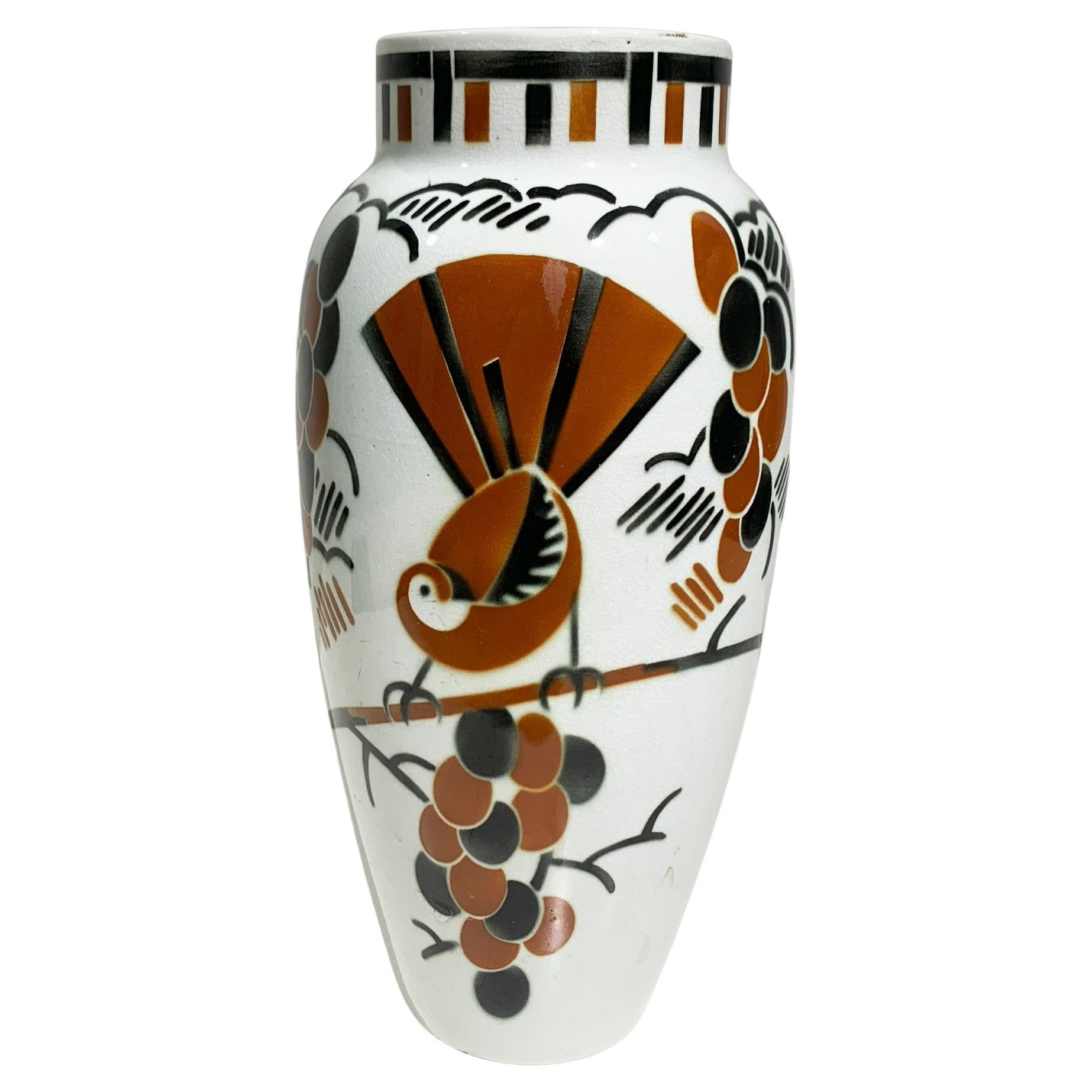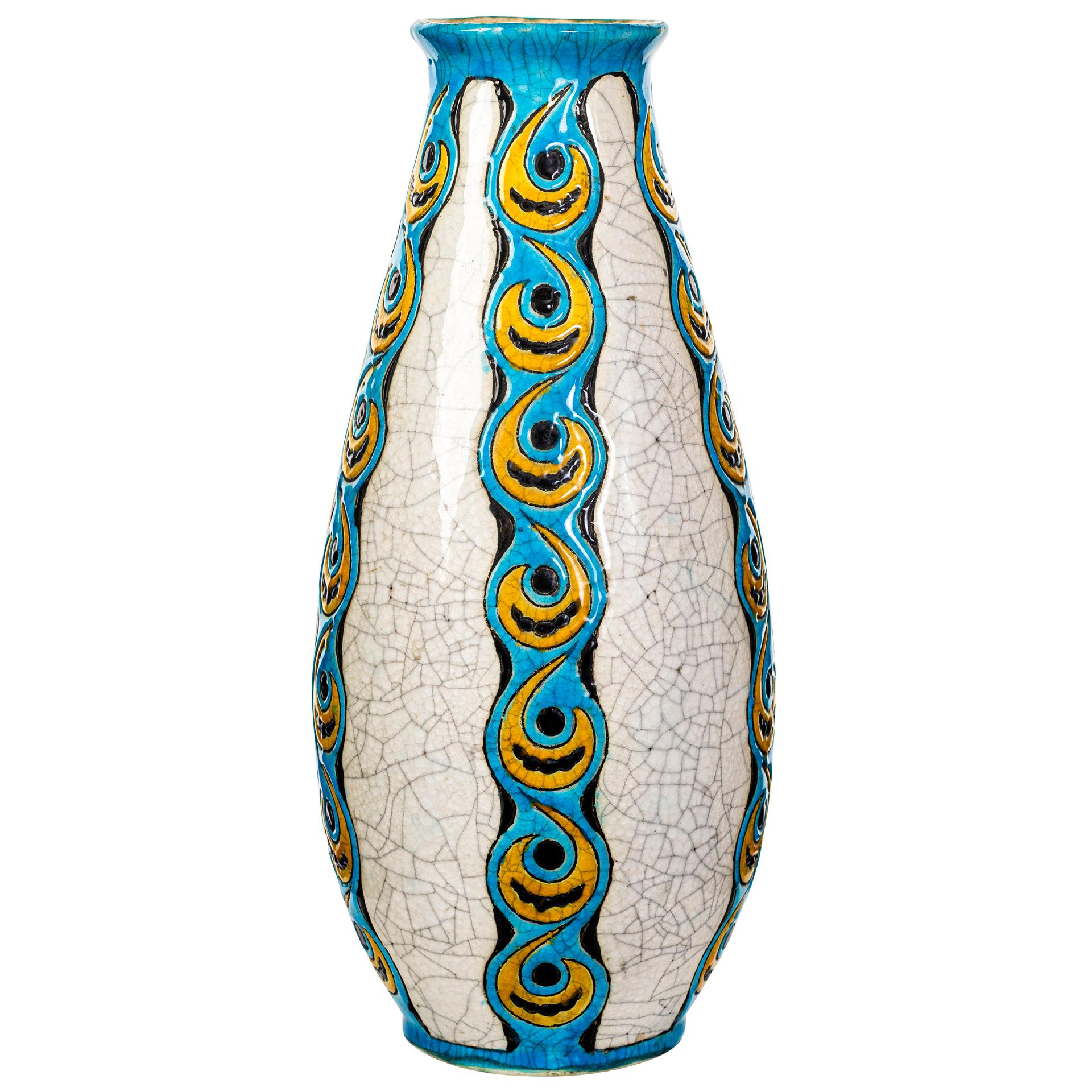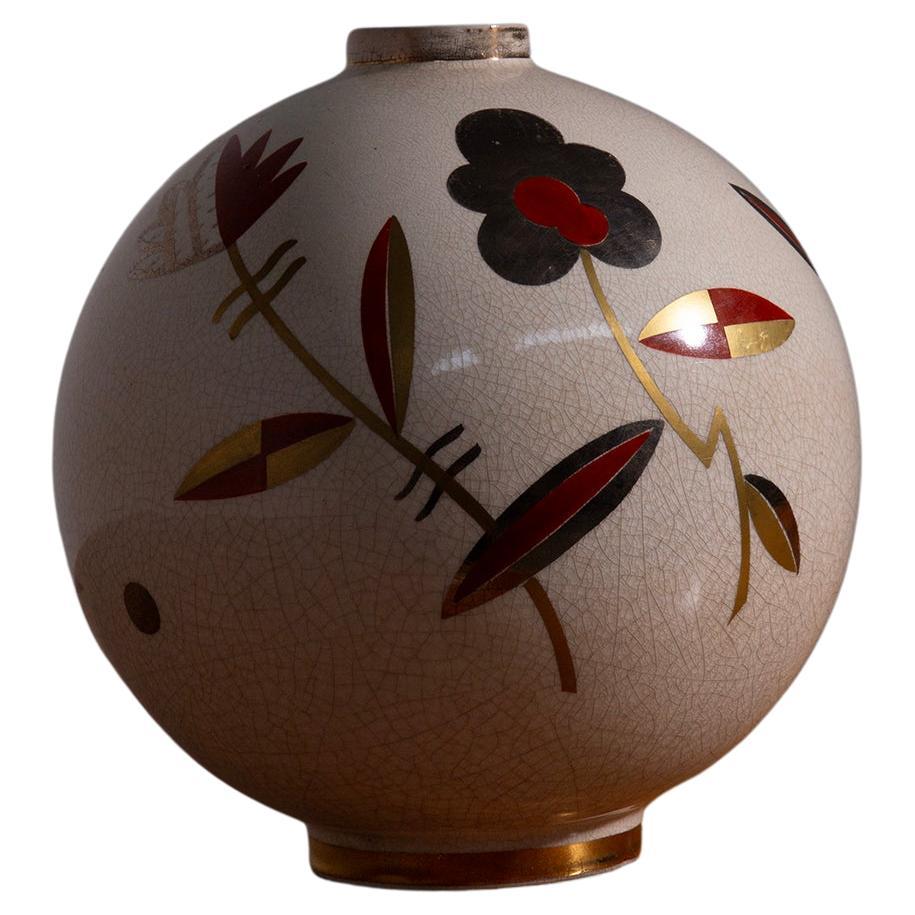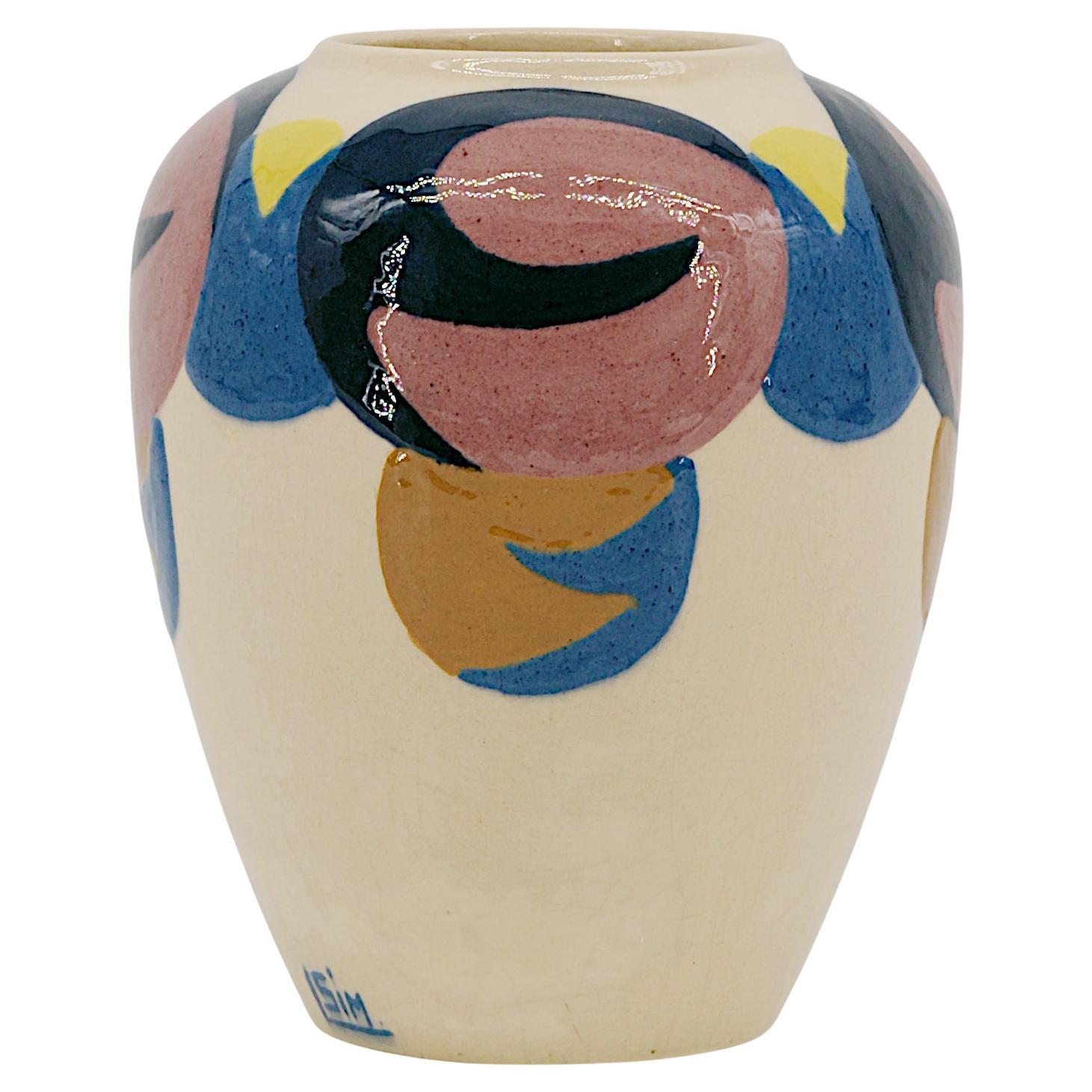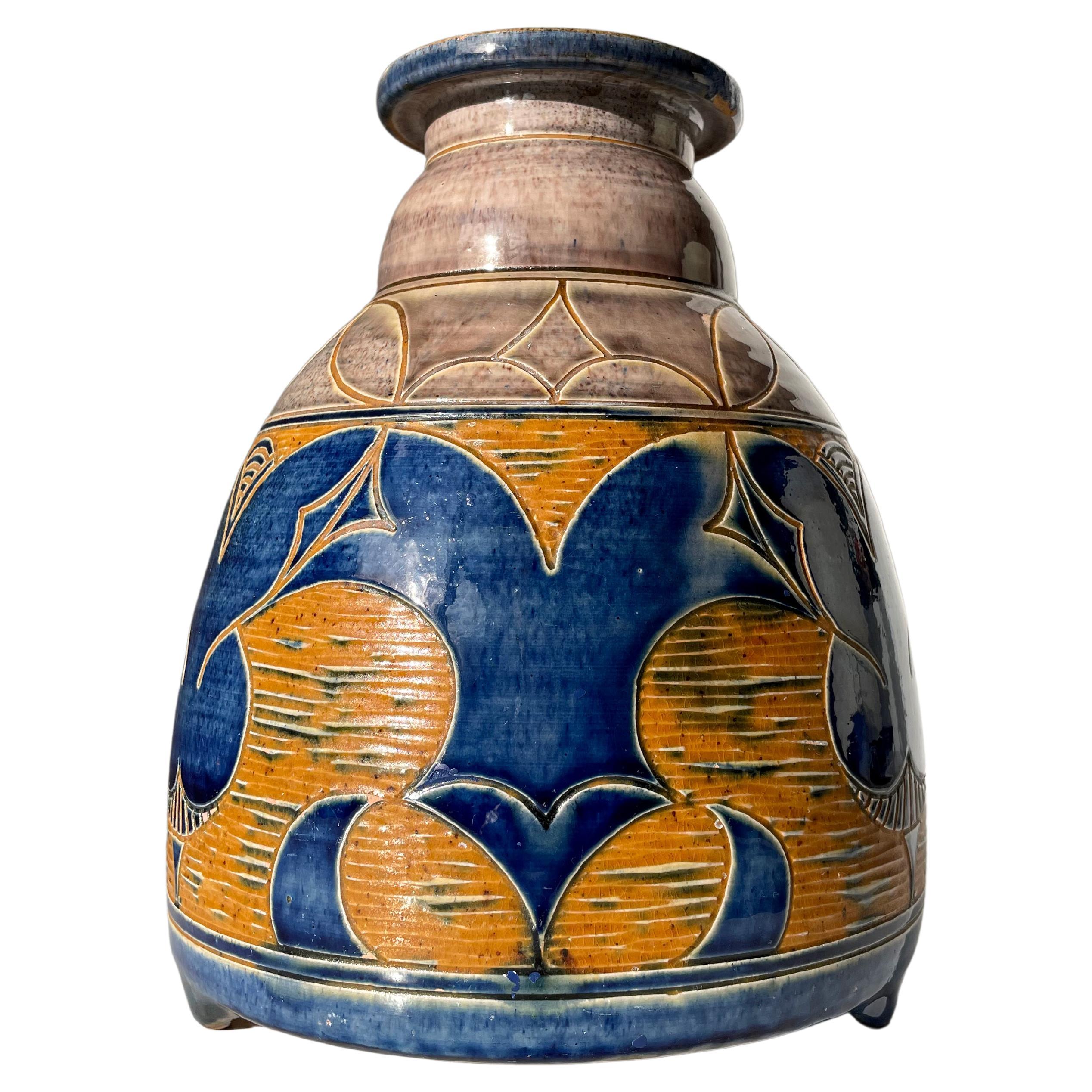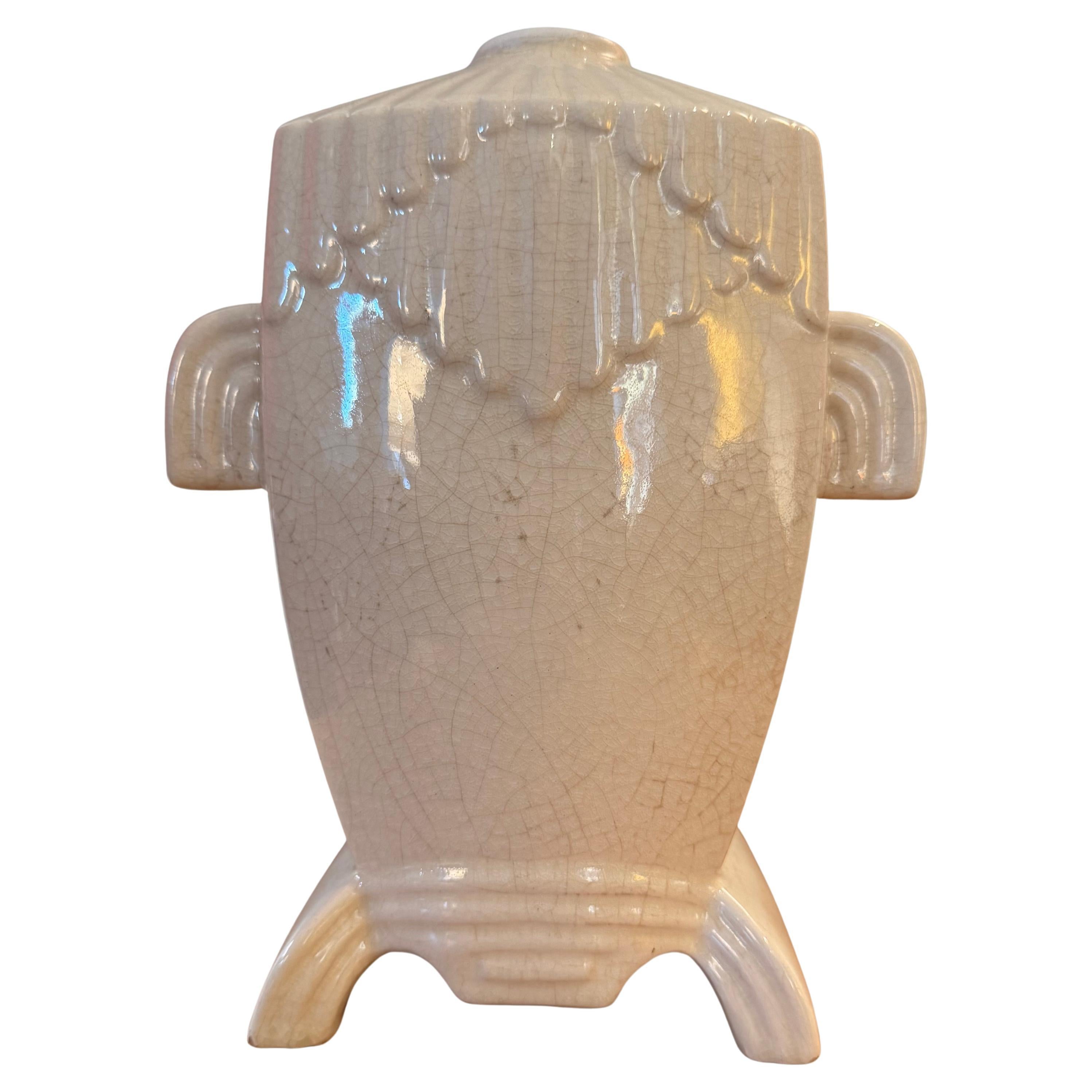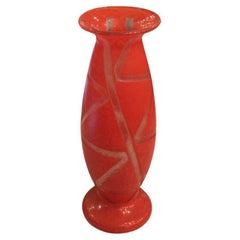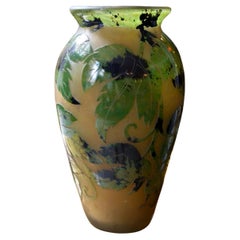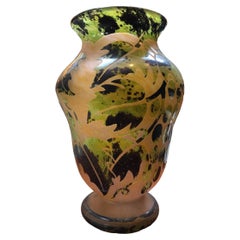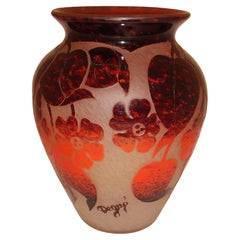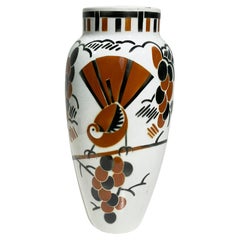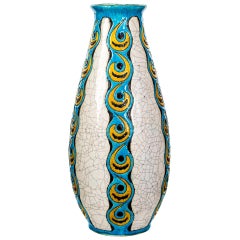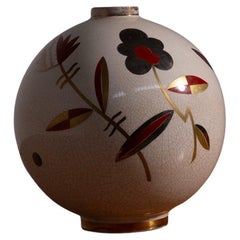Video Loading
Want more images or videos?
Request additional images or videos from the seller
1 of 22
Vase 1930, France
$3,220
£2,431.40
€2,820.92
CA$4,525.11
A$5,041.61
CHF 2,631.96
MX$61,211.90
NOK 33,082.03
SEK 31,270.55
DKK 21,057.84
About the Item
Vase
We have specialized in the sale of Art Deco and Art Nouveau and Vintage styles since 1982. If you have any questions we are at your disposal.
Pushing the button that reads 'View All From Seller'. And you can see more objects to the style for sale.
Why are there so many antiques in Argentina?
In the 1880 – 1940 there was a grate wave of immigration encouraged by the periods of war that were taking place.
1st World War took place between 1914 and 1918
2nd World War took place between 1939 and 1945
The immigrants options were New York or Buenos Aires. Tickets were cheap and in Buenos Aires they were welcomed with open arms, as it was a country where everything was still to be done.
Argentina was the country of new opportunities, labour was needed and religious freedom was assured, in many cases the of the family travel first until they were settled and then the rest of the family members join them.
In the immigrant museum “Ellis Island Immigrant Building” in New York you can se the promotional posters of the boats that would take them to a new life.
Between the years 1895 and 1896, Argentina had the highest DGP (gross domestic product) per capita in the world according to the Maddison Historical Statistics index, this situation arose due to the large amount of food being exported to European countries, which were at war.
The Argentinean ships left the port of Buenos Aires with food, but they returned with furniture, clothes and construction elements, (it´s common to see this the old buildings of the historic neighbourhood of San Telmo, the beams with the inscription “Made in England)”, as well as many markets that were built in Buenos Aires, such us the San Telmo Market, whose structure was brought by ship and afterwards assembled in 900 Defensa Street.
With the great influence of European immigrants living in the country, the children of the upper classes travelled to study in France, resulting in the inauguration of “La Maison Argentinienne”, on 27th of June 1928, in the international city of Paris, which hosted many Argentinians that were studying in Frace.
It´s the fourth house to be built after France, Canada and Belgium, being the first Spanish-speaking one. Still in place today (17 Bd Jourdan, 75014, Paris, France). Many of the children of these wealthy families who attended international art exhibitions, museums and art courses abroad, took a keen interest in the European style. This is why Buenos Aires was at the time referred as “The Paris of South America”.
Between the years 1890 and 1920 more than a hundred Palaces were built on Alvear Avenue the most exclusive avenue in Buenos Aires. Today some of these palaces have been transformed into museums, hotels and embassies.
In the year 1936, the Kavanagh building was inaugurated, it was the tallest reinforced concrete building in South America.
During 1994 the American Society of Civil Engineers distinguished it as an “international engineering milestone”, and it´s now considered a World Heritage of Modern Architecture.
At the time was common to hire foreign architects such as Le Corbusier, who visited Buenos Aires/Argentina in 1929 and in 1948 he drew up the blueprints for a house built in La Plata City (which was declared a World Heritage Site).
In 1947, the Hungarian architect Marcelo Breuer designed “Parador Ariston” in the seaside city of Mar del Plata. After an Argentinean student at Harvard University convinced him to come to Argentina. He worked on an urban development project in the Casa Amarilla, area of La Boca.
The Ukrainian architect, Vladimiro Acosta, arrives in Argentina in 1928 and worked as an architect until que moved to Brazil.
Antonio Bonet, a Spanish architect who worked with Le Corbusier in Paris, arrives in Argentina in 1937, where he carried out several architectural works and in 1938 designs the well-known BFK chair.
Andres Kálnay, of Hungarian origin, made around 120 architectural masterpieces, among which the former Munich brewery stands out, he even made the furniture’s design.
The German architect, Walter Gropius, director of the Bauhaus, lived in Argentina, where he wrote articles for “Sur” magazine and founded in Buenos Aires, an architectural firm with Franz Möller, who was also an architect, where he built two houses.
At the same time several famous designers decided to immigrate to Argentina, among them we can find the well-known French designer, Jean-Michel Frank, who arrived in the country in 1940 and also worked for the Rockefeller family.
Special pieces were made, which were sold exclusively in the country, such as the well-known German company “WMF”, who sold their products by catalogue, which were chosen by the ladies of high society in the list of wedding gifts, as well as the pieces designed by Christofle.
The Swiss sculptor Alberto Giacometti, made special pieces for Argentinean mansions.
In 1904 the first Jansen branch outside Paris was established in Buenos Aires, as the Argentinean clientele demanded a large amount of furniture, from the end of the 19th century to the mid-20th century.
In 1970, the brand Rigolleau Argentina made pieces authorised by Lalique.
The brands Maple and Thompson also set up shop in the country.
The French plastic artist, Marcel Duchamp moved to Argentina in 1918-1919.
Glass signed Gallé, Charder, Leverre, Schneider, Muller and other French firms. They were bought in flower shops and were given to ladies with beautiful floral arrangements.
Some furniture manufacturers travelled to international fairs and bough the patterns to produce the furniture in Argentina, such as the furniture firm Englander and Bonta, who bought the patterns ins Italy.
It is worth mentioning that in Argentina we have the largest community of Italians outside of Italy, as it is estimated that 70 percent of the inhabitants have at least one Italian descendant, followed by Spanish immigrants.
The most Important furniture stores in Argentina:
Comte is founded in 1934 (under the direct management of Jean Michel Frank in 1940).
Nordiska (Swedish company established in 1934).
Churba in 1960, a company that brought foreign designers to present their furniture in the country:
Denmark: (Arne Jacobsen, Finn Juhl, Bender Madsen, Ejner Larsen, Poul Kjaerholm, Hans Wegner)
Sweden: (Hans Agne Jakobsson, Gustavsberg)
United States: (Herman Miller)
Finland: (Lisa Johansson, Folke Arstrom, Tapio Wirkkala, Alvar Aalto, Timo Sarpaneva)
Swedish Factory: (Orrefors)
Italy: (Littala, Vico Magistretti, Emma Gismondi, Gae Aulenti, Angelo Mangiarotti, Elio Martinelli, Gianna Celada, Angelo Mangiarotti, Mario Bellini, Carlo Scarpa)
Finland: (Olivia Toikka)
Plata Lappas (Lappas Silver): a goldsmith shop founded in 1887 in Argentina by Alcibiades Lappas of Greek origin.
In 2019, in Argentina took place “the Art Deco world congress”, in which we participated as hosts invited by Geo Darder, founder of the Copperbridge – Foundation, in which prominent people from all over the world attended to learn about Art Deco in Argentina.
Argentina currently has more than 100 Art Deco buildings and another 90 Art Nouveau buildings throughout the city of Buenos Aires.
Argentina is a country that has not been involved in many wars, which is why it has been a refuge for works of art and antiques from different periods of time, unlike European countries. That is way many collectors, museums and antique dealers from all over the world visit it, you should not miss the opportunity to visit this great country.
Laura Guevara Kjuder, architect.
- Dimensions:Height: 11.82 in (30 cm)Diameter: 5.12 in (13 cm)
- Style:Art Deco (Of the Period)
- Materials and Techniques:
- Place of Origin:
- Period:
- Date of Manufacture:1930
- Condition:Wear consistent with age and use.
- Seller Location:Ciudad Autónoma Buenos Aires, AR
- Reference Number:Seller: V-281stDibs: LU6785231997512
About the Seller
5.0
Vetted Professional Seller
Every seller passes strict standards for authenticity and reliability
Established in 1982
1stDibs seller since 2022
37 sales on 1stDibs
Typical response time: <1 hour
- ShippingRetrieving quote...Shipping from: Ciudad Autónoma Buenos Aires, Argentina
- Return Policy
Authenticity Guarantee
In the unlikely event there’s an issue with an item’s authenticity, contact us within 1 year for a full refund. DetailsMoney-Back Guarantee
If your item is not as described, is damaged in transit, or does not arrive, contact us within 7 days for a full refund. Details24-Hour Cancellation
You have a 24-hour grace period in which to reconsider your purchase, with no questions asked.Vetted Professional Sellers
Our world-class sellers must adhere to strict standards for service and quality, maintaining the integrity of our listings.Price-Match Guarantee
If you find that a seller listed the same item for a lower price elsewhere, we’ll match it.Trusted Global Delivery
Our best-in-class carrier network provides specialized shipping options worldwide, including custom delivery.More From This Seller
View AllVase Sign: Degué, Made in France, Style : Art Deco, 1926
By Degué
Located in Ciudad Autónoma Buenos Aires, C
Degue : David Guéron design Edouard Cazaux
David Gueron, Turkish and a former fighter of the French Foreign Legion, was the founder of the "Cristalleries De Compiegne". This glasswo...
Category
Vintage 1920s French Art Deco Glass
Materials
Glass
Vase Sign: Degué, Made in France, Style : Art Deco, 1926
By Degué
Located in Ciudad Autónoma Buenos Aires, C
Degue : David Guéron design Edouard Cazaux
David Gueron, Turkish and a former fighter of the French Foreign Legion, was the founder of the "Cristalleries De Compiegne". This glasswo...
Category
Vintage 1920s French Art Deco Glass
Materials
Glass
Amaizing Vase Sign: Degué, Made in France
By Degué
Located in Ciudad Autónoma Buenos Aires, C
Degue : David Guéron design Edouard Cazaux
David Gueron, Turkish and a former fighter of the French Foreign Legion, was the founder of the "Cristalleries De Compiegne". This glass...
Category
Vintage 1920s French Art Deco Glass
Materials
Glass
Vase Sign: Degué, Made in France
By Degué
Located in Ciudad Autónoma Buenos Aires, C
Degue : David Guéron design Edouard Cazaux
David Gueron, Turkish and a former fighter of the French Foreign Legion, was the founder of the "Cristalleries De Compiegne". This glasswo...
Category
Vintage 1920s French Art Deco Glass
Materials
Glass
Vase Sign: Degué, 1926, Style: Art Deco
By Degué
Located in Ciudad Autónoma Buenos Aires, C
Degue : David Guéron design Edouard Cazaux
David Gueron, Turkish and a former fighter of the French Foreign Legion, was the founder of the "Cristalleries De Compiegne". This glasswo...
Category
Vintage 1920s French Art Deco Glass
Materials
Glass
Vase, Sign: Charder ( Decoration Coconut ), France, 1927
By Charder
Located in Ciudad Autónoma Buenos Aires, C
Sign: Charder
CHARDER was a name made up from the first part of Charles and the second part of Schnieder. It was sometimes marked on glass designed by Charles Schneider, particularly...
Category
Vintage 1920s French Art Deco Glass
Materials
Glass
You May Also Like
Art Deco Enameled Vase, Signed Keller And Guerin Luneville, France
Located in Beirut, LB
This striking Art Deco vase, signed by Keller and Guérin Lunéville, features a baluster shape with a raised collar. The design showcases an...
Category
Early 20th Century French Art Deco Vases
Materials
Ceramic
Art Deco Earthenware Vase, France, circa 1920
Located in West Palm Beach, FL
An Art Deco earthenware vase, France, circa 1920
decorated with turquoise, yellow and black panels of geometric decoration on white crackle-glazed ground, signed.
Dimensions:
Heig...
Category
Vintage 1920s Vases
Materials
Ceramic
Sainte Radegonde French Art Deco vase
Located in Milano, IT
Discover the elegance and charm of the French Art Deco period with this stunning vase from Sainte Radegonde. Crafted in France around 1925, this exquisite piece is a testament to the...
Category
Vintage 1920s French Mid-Century Modern Vases
Materials
Ceramic
$1,330 Sale Price
20% Off
Simone LARRIEU Art Deco Vase, 19320
By Simone Larrieu
Located in Saint-Amans-des-Cots, FR
French Art Deco ceramic vase by Simone LARRIEU, France, 1920s. Height : 5.9"(15cm), Diameter : 5"(13cm). Signed "LSIM" for Larrieu SIMone at the bottom.
Octave Larrieu, artist sculp...
Category
Vintage 1920s French Art Deco Vases
Materials
Ceramic
Large Antique Art Deco Ceramic Vase by Otto Grell, 1929
Located in Copenhagen, DK
Large Art Deco / Art Nouveau ceramic vase with hand-carved stylized, symmetrical lines and patterns by Otto Grell in 1929. Shiny dark blue and warm yellow g...
Category
Early 20th Century Danish Art Deco Vases
Materials
Ceramic, Pottery, Stoneware
Craquele vase, France 1930
Located in Milan, IT
Gorgeous craquele ceramic vase, made in France in 1930.
The firing technique called craquele is the most sophisticated in the twentieth century; in fact, it involves firing the potte...
Category
Vintage 1930s French Art Deco Vases
Materials
Ceramic
More Ways To Browse
French Goldsmith
French Embassy
French Country Island
French Food Posters
1890s French Posters
Vintage French Poster Food
French Furniture Designer 1930
Hungary 1930
Vintage French Flower Posters
French Hall Chairs
Silver Vase With Stand
Spain Glass Vase
1930 French Travel Posters
Floral Still Life 1930
Vintage Bedroom Sets 1930
Art Deco Vases Made In England
Vintage Orrefors Vase
Large Lalique Vase
